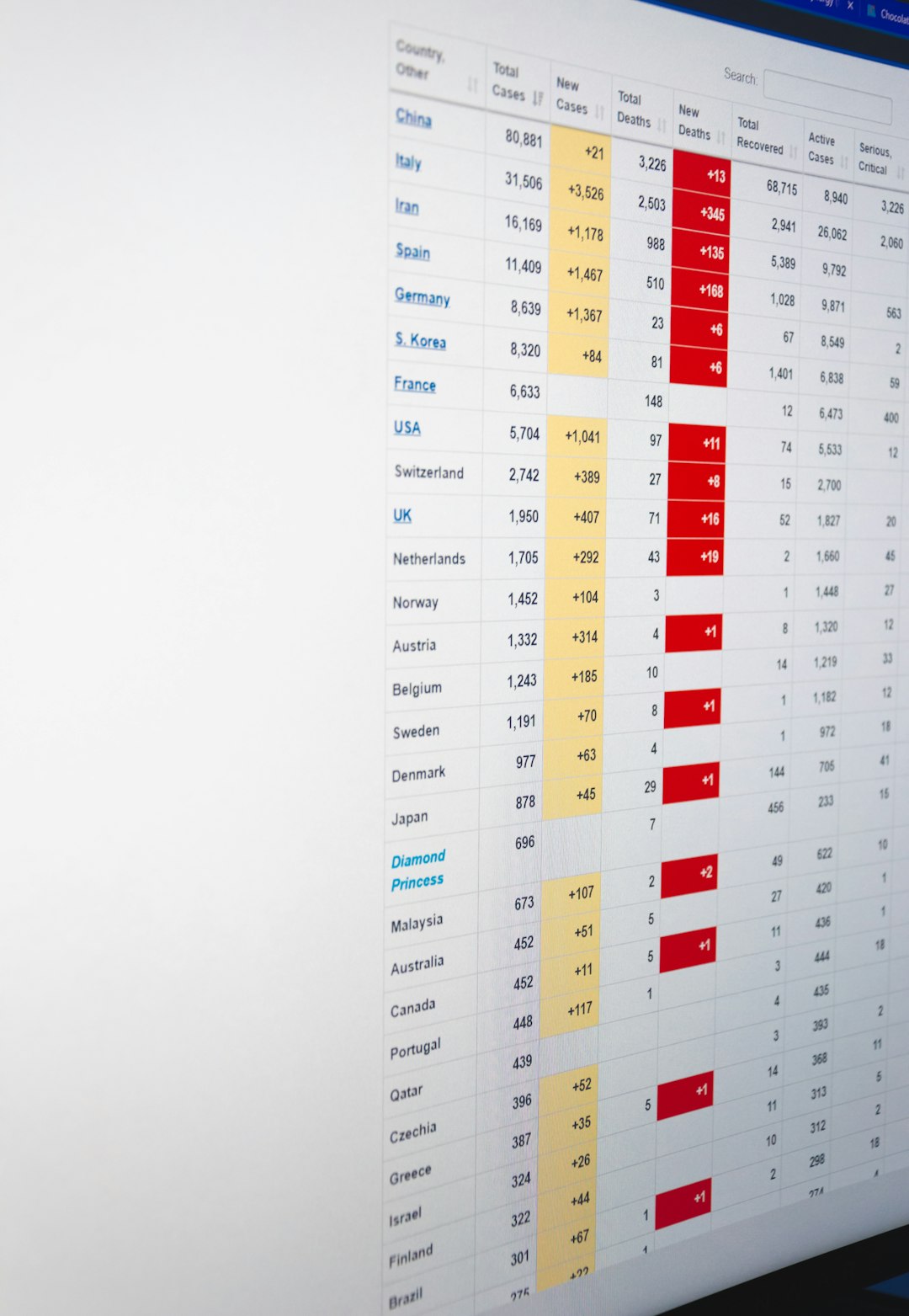Databases are like libraries. They store information so we can find it later. But just like libraries need rules to keep things organized, databases do too. In the world of databases, two of the key sets of rules are DML and DDL. These are both types of SQL commands — the language used to talk to databases.
But what do these cryptic letters mean? And what exactly is the difference between DML and DDL? Don’t worry. We’re going to make it easy and fun to understand!
Contents
Let’s Break It Down: DML vs DDL
DML stands for Data Manipulation Language. This is all about the data.
DDL stands for Data Definition Language. This handles the structure.
Think of it like this:
- DML: You’re putting books on the shelves, taking them off, or updating their content.
- DDL: You’re building the shelves, changing their size, or removing them entirely.
Understanding DML – What It Does
Data Manipulation Language lets you play with the data that’s already stored. It helps you:
- INSERT – Add new records into tables.
- UPDATE – Modify existing data.
- DELETE – Remove data you no longer need.
- SELECT – Retrieve data to look at or process.
Imagine you run a bakery. You’d use DML to:
- Add a new cupcake flavor to your database.
- Change the price of existing treats.
- Delete discontinued pastries.
- View sales info for your top products.
These actions don’t change the layout or structure of the database — just the contents.

Take a Peek at DML in Action
Here are some example SQL DML commands:
-- Insert a new row
INSERT INTO customers (name, email) VALUES ('Alice', 'alice@example.com');
-- Update a record
UPDATE customers SET email = 'alice123@example.com' WHERE name = 'Alice';
-- Delete a customer
DELETE FROM customers WHERE name = 'Alice';
-- Select data
SELECT * FROM customers;As you can see, DML commands are about interacting with the contents of tables.
Now Let’s Talk About DDL
Data Definition Language takes care of setting up and organizing the database itself.
Use DDL to:
- CREATE – Make new database objects like tables or views.
- ALTER – Modify those objects, like adding a column.
- DROP – Delete the objects when you’re done with them.
- TRUNCATE – Quickly remove all the data from a table while keeping the structure.
Back to the bakery — you’d use DDL to:
- Create a new table to store cookie recipes.
- Change the customer table to include a phone number field.
- Delete a table that tracked an old loyalty program.
Here’s What DDL Looks Like
-- Create a table
CREATE TABLE customers (
id INT,
name VARCHAR(100),
email VARCHAR(100)
);
-- Alter a table
ALTER TABLE customers ADD phone VARCHAR(15);
-- Drop a table
DROP TABLE old_loyalty_program;
-- Truncate a table
TRUNCATE TABLE sales;Notice how these actions affect the structure of the database, not just the data inside it.

Key Differences Between DML and DDL
Let’s summarize the main distinctions in a friendly chart:
| Feature | DML | DDL |
|---|---|---|
| What it affects | Data (rows) | Structure (tables, schemas) |
| Examples | INSERT, UPDATE, DELETE, SELECT | CREATE, ALTER, DROP, TRUNCATE |
| Rollbacks supported? | Yes, with transactions | No, usually permanent |
| Frequent use? | Very frequent (daily use) | Less frequent (setup or restructure) |
Another Way to Think About It
Let’s use a party analogy. Hosting a party? Then you’re doing both DDL and DML!
- DDL: You set the table, choose the chairs, hang decorations — you’re designing the event space.
- DML: You serve drinks, pass out snacks, take away empty plates — you’re managing the activities.
Both are important. But they serve very different roles.
The Importance of Transactions
One more thing to keep in mind: transactions.
With DML, you can group several changes into one single transaction. If something goes wrong, you can ROLLBACK.
BEGIN;
UPDATE accounts SET balance = balance - 100 WHERE id = 1;
UPDATE accounts SET balance = balance + 100 WHERE id = 2;
COMMIT;
If something fails during that process, you can undo everything. However, with DDL, once a command runs, it’s usually permanent.
Imagine knocking down a wall — that’s DDL. You can’t just “undo” that with a quick fix.
Quick Recap
Here’s a cheat sheet to remember the difference:
- DML = Data Playtime – you’re adding, changing, or deleting information.
- DDL = Blueprint Builder – you’re shaping the structure and layout of the database.
When to Use DML or DDL?
Use DML when:
- You want to add a new user.
- You need to update product pricing.
- You’re pulling data for a report.
Use DDL when:
- You’re setting up a new system.
- You need to redesign your database layout.
- You’re removing obsolete data structures.

Conclusion
Now you know the difference!
DML helps you manipulate and move your data around. It’s more day-to-day and flexible.
DDL is about structure and design. It changes how the database is built and operates behind the scenes.
Understanding both is key to being great with databases. Whether you’re a beginner or pro, don’t be afraid of these commands — embrace them!
So, next time you run an SQL command, ask yourself: “Am I dealing with data or the database itself?” That question tells you if you’re in DML town or walking through DDL city.
Happy Quering!

